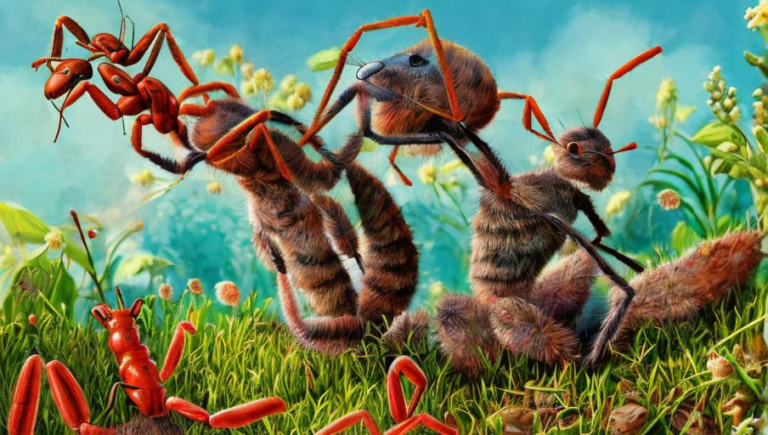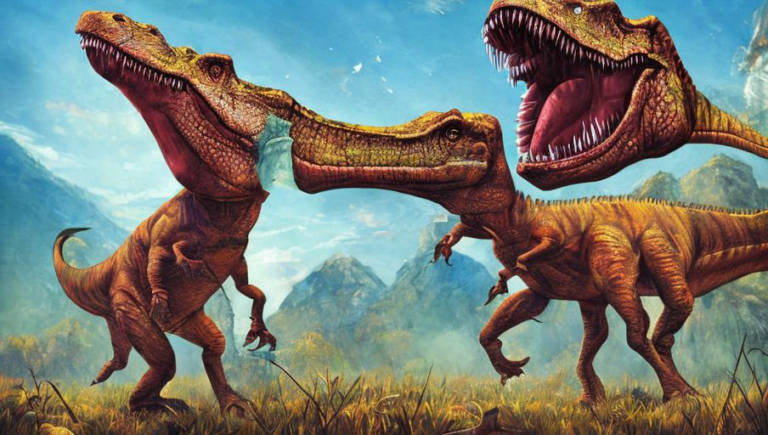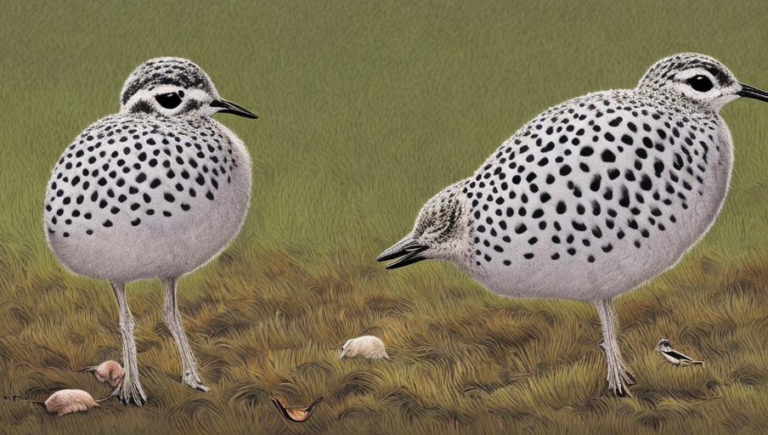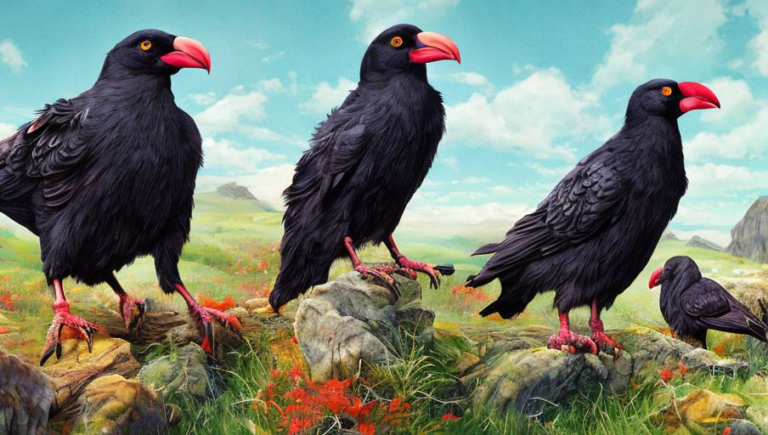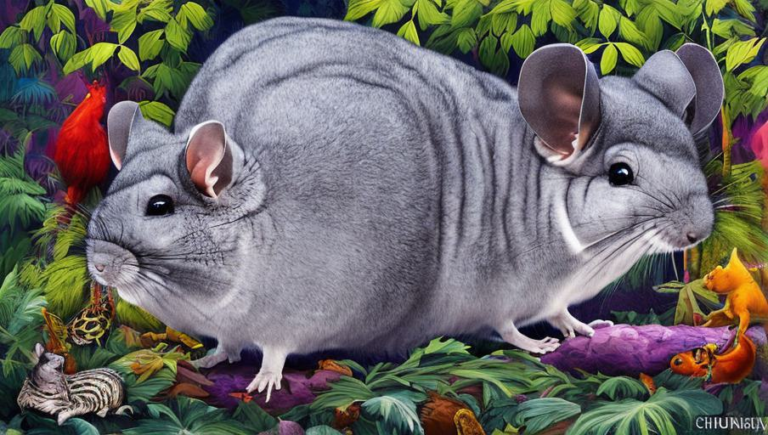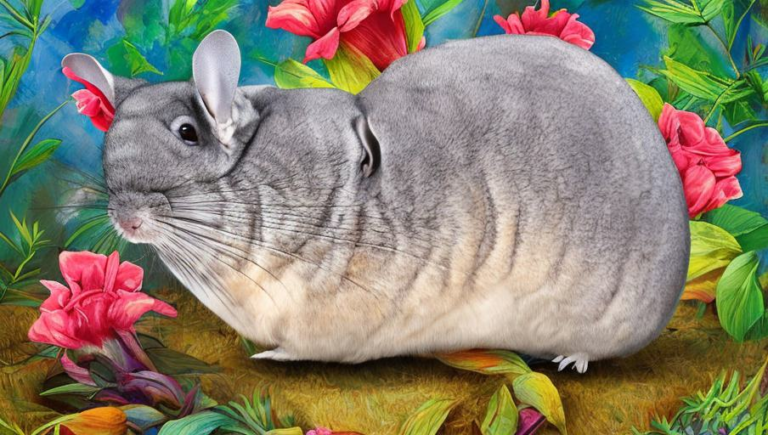Juggling With Deer’s Diet
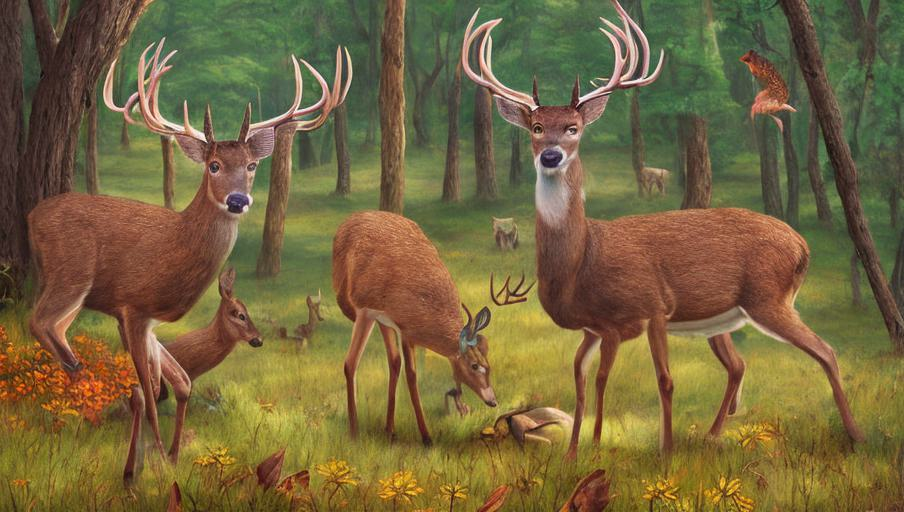
Juggling With Deer’s Diet
Deer are a diverse group of hoofed mammals that inhabit a variety of habitats around the world. Their diets can vary drastically depending on their environment and the type of food available. Understanding the complexities of deer’s diets is essential to their proper care and conservation.
Natural Diet
In the wild, deer graze on grasses, leaves, twigs, and other vegetation. They also eat fruit, nuts, and occasionally insects. They are most active at dawn and dusk, when they forage for food. During the winter, deer may shift to a diet of bark and evergreen needles.
Adaptability
Deer are highly adaptable and can survive on a range of foods. In some parts of the world, they have developed a taste for crops, gardens, and fruit trees. In these areas, deer can become a nuisance for farmers and homeowners. Deer have also been known to feed on livestock feed, garbage, and pet food, if available.
Supplemental Feeding
In some cases, supplemental feeding may be necessary to ensure a healthy population of deer. This is especially true in areas with extreme cold or drought. Supplemental feeding can also help to keep deer away from farms and residential areas, where they can cause damage. Before instituting supplemental feeding, it is important to understand the local ecology and the potential impacts of supplemental feeding on deer populations.
Nutritional Requirements
Deer have certain nutritional requirements that must be met in order to remain healthy. This includes proteins, fats, carbohydrates, minerals, and vitamins. Depending on their environment, deer may need more or less of certain nutrients. For example, deer in cold climates may need more fat in their diet than those in warm climates. It is important to research the nutritional needs of deer in the area you are supplying supplemental food.
Variety
When providing supplemental food, it is important to offer variety. Different types of forage can provide a range of nutrients and can help to prevent boredom. When possible, natural vegetation should be provided, as it can provide vital nutrients not found in other foods. If supplemental food is provided, it should be offered in a way that does not cause damage to the environment or disrupt the natural food chain.
Conclusion
Deer have complex dietary needs that must be taken into consideration when providing supplemental food. It is important to understand the local ecology and the potential impacts of supplemental feeding on deer populations. Variety is also important, in order to provide the full range of nutrients necessary for deer health. By understanding the dietary needs of deer, we can ensure that populations remain healthy and thriving.
